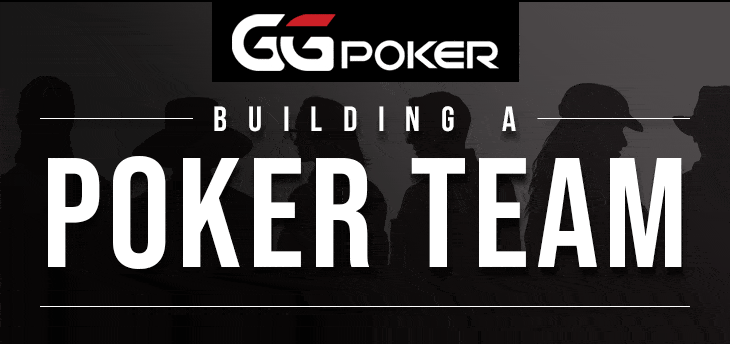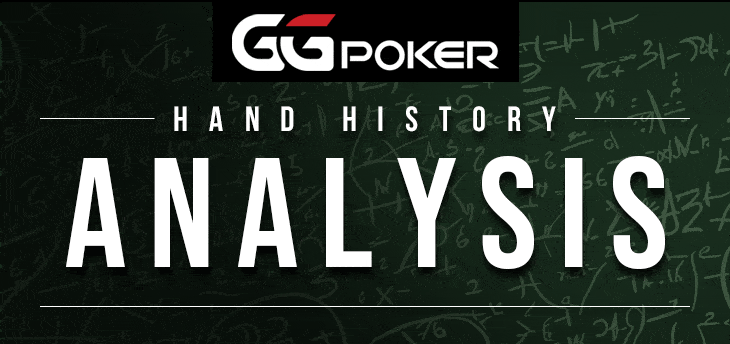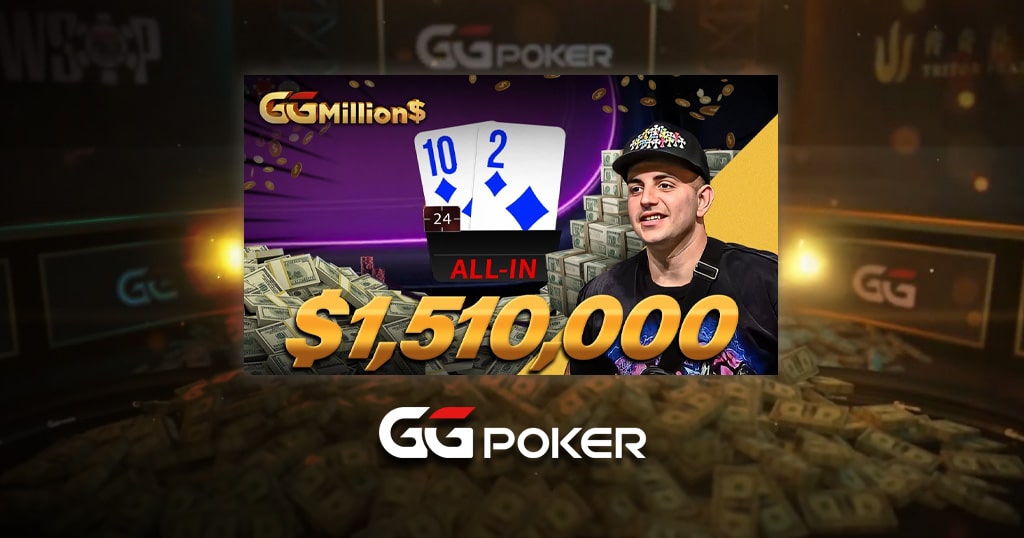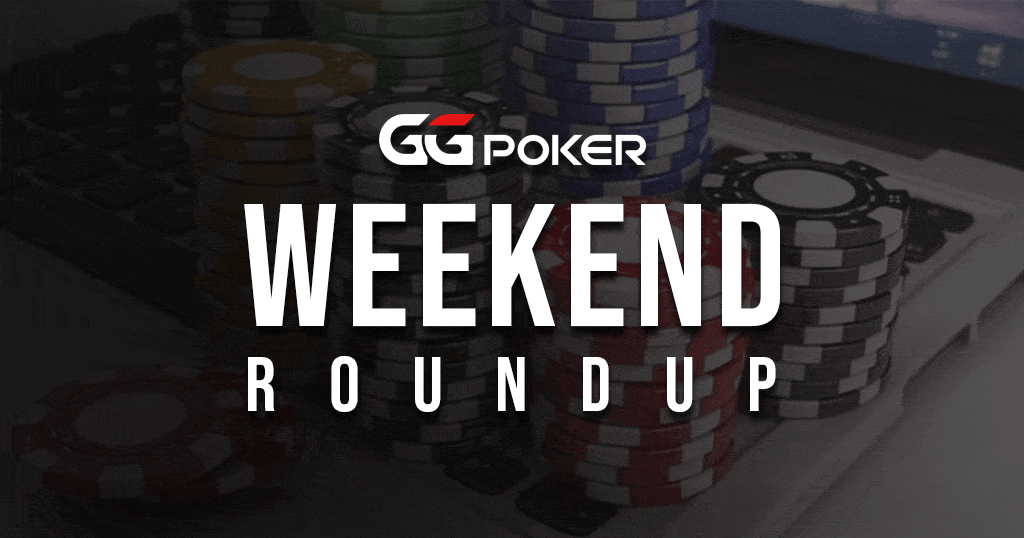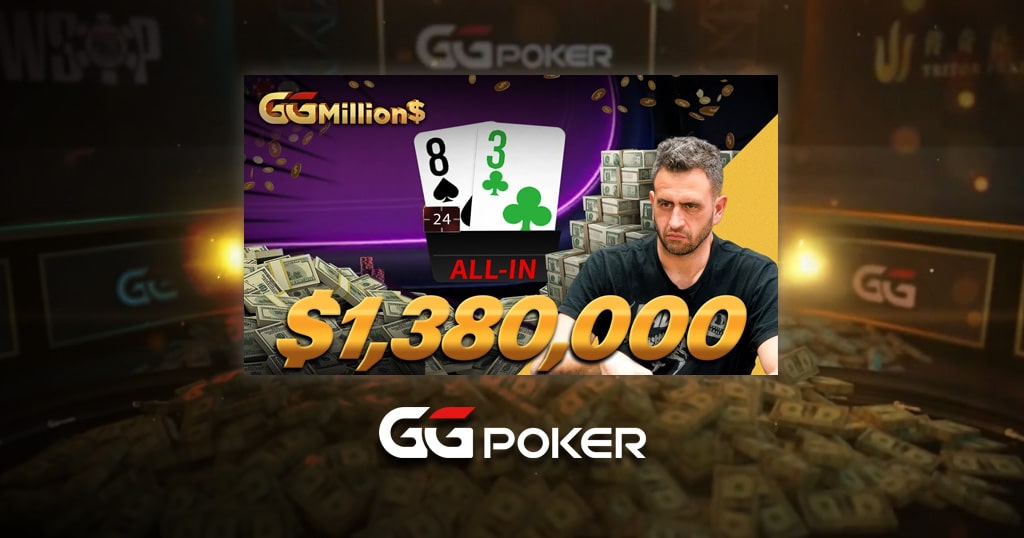Tips for Better Bluffs – Part I
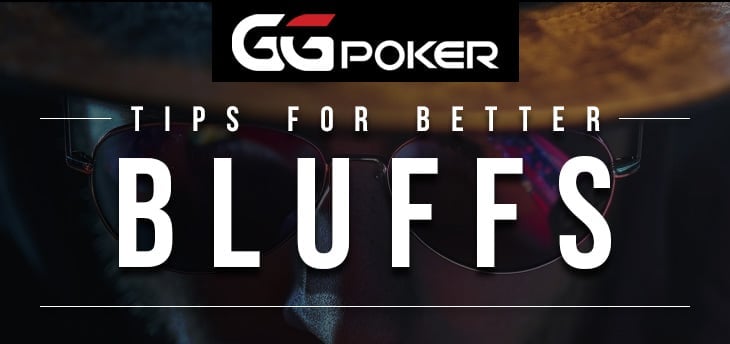
Bluffing is an art form in poker and even more so in No Limit Hold’em. It’s a skill that elevates the thrill of the game. Every poker player revels in the adrenaline rush of successfully deceiving their opponents to snatch a pot that rightfully belonged to someone else. But how can you hone this craft to ensure your bluffs are not just failed attempts, but masterful strokes of strategic genius? We will look into this topic starting here with part 1 of this 3-part series.
Mastering the All-In Bluff
A crucial aspect of bluffing involves the timing and sizing of bets, specifically all-in bets. Bluffing with a small all-in on the turn can be less effective, primarily because the cost for your opponent to call and see your hand will be relatively low compared to their stack or the pot. With the end of the betting round near, your opponent might decide that the potential information gained or the chance to eliminate a competitor is worth the risk, particularly in a tournament setting.
Conversely, a well-timed, substantial all-in on the river changes the dynamics considerably. At this stage, you’ve put maximum pressure on your opponents, forcing them to make a tough decision. With no further cards to come, your large bet escalates the risk for anyone holding a marginal hand after your betting has told a believable story. This move can effectively leverage the fear of loss, making it a powerful tool to compel folds from those clutching to mediocre pairs. Essentially, when you push a significant number of big blinds into the pot at this critical juncture, you maximize the psychological impact of your bluff, increasing the likelihood of swaying your opponents’ decisions in your favor.

Targeting the Calculated Players for Effective Bluffing
Bluffing against a serious, strategic player can often be more effective than trying to bluff a recreational player. Here’s why: serious players usually adopt a disciplined approach, carefully managing their plays and bets to optimize their gains and minimize losses. This calculated style of play can make them more susceptible to well-executed and convincing bluffs, as they tend to fold more often in situations that seem unfavorable.
Many poker tables, regardless if they are live poker tables or online poker tables, are populated by recreational players—players who engage in the game for fun rather than for a living. These players often play a wide variety of hands and might not fold as readily as their more serious counterparts. They play to stay in the game longer, see more flops, and capture as many pots as possible, driven by the excitement rather than the strategy. These types of players are playing poker because they like to gamble. This makes them less likely candidates for successful bluffs since they tend to call bets more frequently, hoping to see their hands improve.
In contrast, serious players are more predictable and rational in their play. They are cautious with their chip stacks and make moves based on logical deductions and their understanding of game theory optimal. This predictability can be an advantage when you’re planning a bluff. For example, a serious player is more likely to fold to a bluff on a threatening, coordinated board where they could easily be outmatched, notably when you’ve been betting every street as if you have the hand you’re trying to represent.
Further refining your strategy, when a disciplined player opts to call from out of position, like in the big blind, they are often doing so with a relatively conservative range of hands. If they call a bet on a flop that brings potential straight or flush draws, they are likely to have missed the board and are now holding a hand they will not feel confident about. Continuing to apply pressure in these scenarios can often lead them to fold, as they will want to avoid risking their chips without strong hands.
To execute this effectively, ensure your bluffing is backed by a solid table image. If you’ve been playing tight and suddenly make a bold bet, your serious opponents might think twice about challenging you, assuming you might indeed have the strong hand your bet suggests. This nuanced understanding of different player types and their tendencies can significantly enhance the effectiveness of your bluffs, turning what is essentially a poker facade into a potent strategic maneuver.

The Art of Deception
In this first installment of our three-part series on the art of bluffing in poker, we’ve explored the nuanced strategies that can transform a simple bluff into a game-changing maneuver. As we’ve dissected, the key to successful bluffing lies not only in the mechanics of the bet itself—such as timing and sizing—but also in a deep understanding of your opponents’ psychology and play styles. Whether it’s leveraging a solid table image to unsettle calculated players or timing your bets to maximize psychological pressure, each technique is a thread in the intricate tapestry of poker strategy. In our next piece, we will delve deeper into the psychological warfare of bluffing, examining how to read tells and manipulate opponents’ perceptions, further enhancing your edge at the table. Stay tuned as we continue to uncover more advanced strategies that can help you master the daring art of bluffing, ensuring your play remains several steps ahead of the competition.
